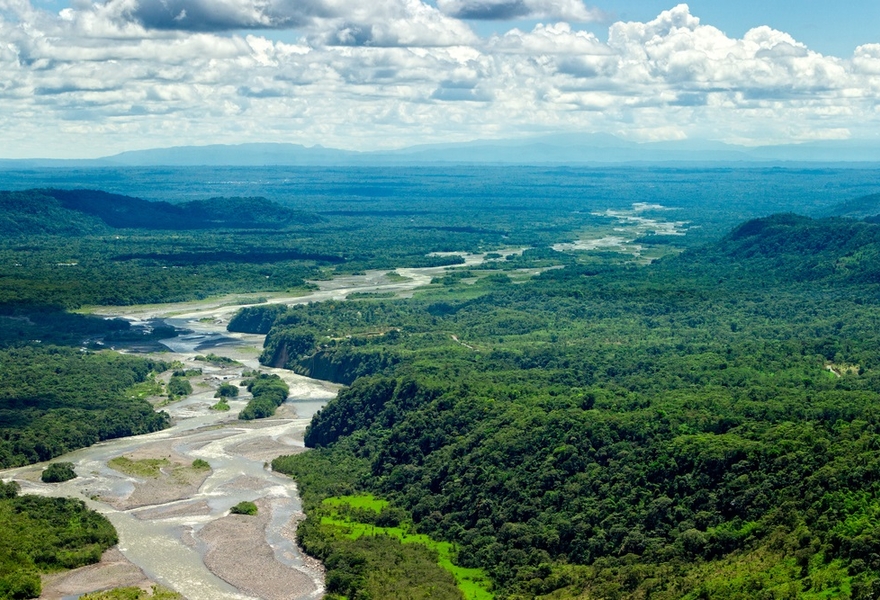Environmentally sound biomass potentials
MCC group leader Sabine Fuss contributed to the first ever global map of certified forest areas. It shows how to ensure forest protection and sustainable forest biomass production simultaneously.
To address the lack of openly accessible data on forest certification on a sub-national level, the global map shows certified forest areas at 1 kilometer resolution—far more detailed than currently available maps. The map is available freely online and is described in an article in the journal Forest Policy and Economics. It was developed by researchers at the International Institute for Applied Systems Analysis (IIASA) together with the Mercator Research Institute on Global Commons and Climate Change (MCC) and the Norwegian University of Life Sciences (NMBU).
The new map provides insights into how certification can be used to combat illegal deforestation and halt forest degradation. This supports, for example, the coordination of environmental agreements, which is highly relevant in the face of rising biomass demand. “We have to ensure that biomass converted into products such as energy does not further harm our climate mitigation efforts nor biodiversity,” says Sabine Fuss, who is head of the MCC working group Sustainable Resource Management and Global Change and contributed to the project. “The new map is a long-awaited tool that can serve as a sustainability and environmental safeguard with this respect.”
The map project combines country statistics with modern remote sensing products such as citizen science and crowdsourcing. This high resolution approach is applied to forest certification and sustainability for the first time. It allows a large range of users including policy makers, NGOs, researchers, forest organizations, private investors and the general public to zoom into the area of their interest. Thereby, it provides a significant step forward in consumer transparency and credibility. To support data validation, the researchers used the interactive online crowdsourcing platform Geo-Wiki as a participatory and collaborative mapping tool where the different users can give feedback to improve the map. The new certification map is also openly accessible on the platform.






